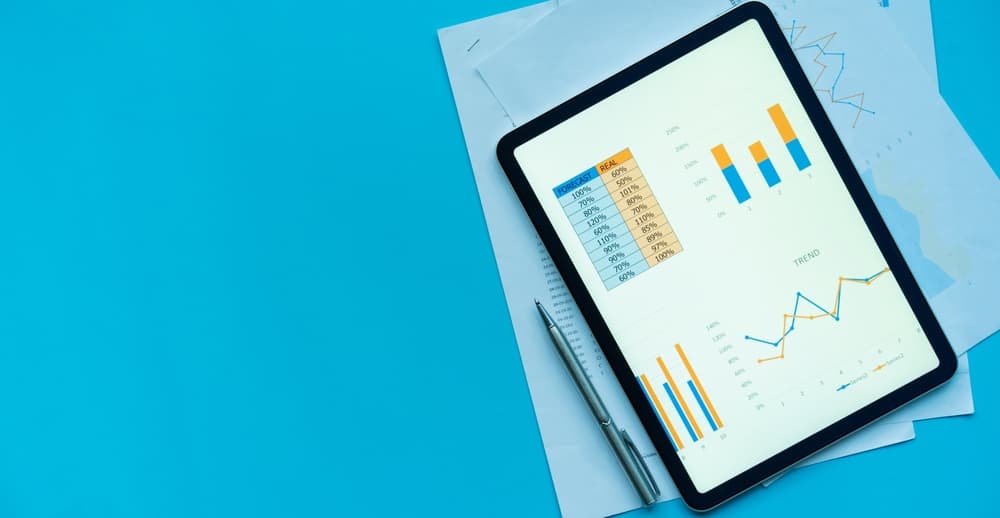What Is Customer Data Management? | McGRAW
Mar 26, 2025Customer Data Management (CDM) is the strategic process of collecting, organizing, and utilizing this invaluable asset to drive business growth...
It does not matter what industry your business is in. If you sell a product or business to another business, you will need B2B data. Thanks to B2B data, businesses are able to make informed decisions, target the right audience, and drive growth. Businesses need to thrive in today’s competitive landscape, following the best practices available.
If you are unfamiliar with B2B data, this blog will serve you as a guide on everything you need to know about B2B data. We will learn how this type of data is vial for growth marketing and other major strategies.
Business-to-business(B2B) data is any form of information regarding any other business. B2B typically includes a database or contact list with various data points that can be used for numerous sales and even marketing activities. These marketing activities refer to creating your ideal customer profile(ICP), demand generation, lead generation, outbound sales, analytics, and more. In short, B2B data centers around organizations and their interactions with other businesses.
B2B data is needed for a business to stay competitive in today’s landscape. Here are some reasons why B2B data is important:

If you want to build an effective data acquisition strategy, you must know what makes up B2B data. When it comes to B2B, there are different types of data, each serving a specific purpose in business operations:
Account data is the information on the companies or accounts you intend to target. It gives you greater insight into each account to help find who to target and how to better target them. Some examples of account data include company name, recent funding, website traffic, or a piece of content recently published.
Contact data gives you the contact information of the people at the company or account you are looking to connect with. This data includes contact name, job, title, and email address. These contacts should be your ideal buyers and are who your sales and marketing teams will target.
Engagement data shows the interactions between a prospect and your company. This data will show any type of engagement that the prospect has had with your company. Any content downloaded from you, liked posts, and even time spent on your website is part of engagement data.
Intent data is any behavioral data based on insights captured through web use. This data will show you what products or services your users are researching about. Once you know what your users are looking for, it will be easier for you to suit their needs and create content that works best.
Firmographic data is the different characteristics used to segment companies into different groups. This data includes information such as industry, company size, and even revenue. Your sales and marketing teams can use this data to focus on specific companies and tailor their offering to best suit the company’s needs.
Demographic data is the information that lets you specify who the person that you are targeting is. It is descriptive data that you can use to label and segment your data into different categories like age, gender, or location.
Chronographic data involves the element of time to events or any changes that have occurred that present sales or even marketing opportunities. This information includes a newly appointed Head or the process of hiring new employees. This data is time-sensitive and opens a window of opportunity to present an offer when the time is right.
Technographic data refers to the different technologies that your target companies are using. These can be hardware, software, digital tools, etc. With new technologies rapidly increasing and being used by companies, knowing what technologies they are using can help you personalize your proposals in a way that will be meaningful to the company.
Quality B2B data is crucial if you want to execute a great campaign and have the best chances of closing sales. One way you can acquire this data is through a reputable vendor. This way, you do not have to spend time sourcing it and looking out for missing data points that are needed to deliver your message. An on-demand B2B data provider and a B2B database are two main sources of B2B data.
Keep in mind that B2B data can change quickly since contacts can change company, role, email address, or even their name. To keep your data updated, you should have a dedicated person or team that will ensure you have all the data points you need and check if it’s all accurate.

B2B data is a powerful asset that can transform the way your business grows and operates. By understanding how to use it, you can develop effective strategies that will continue to perform for your business.
Partnering with an agency will help you significantly enhance your B2B data capabilities. Here at McGraw, we are committed to grow your business and help improve your online presence, allowing you to reach more users. Contact us today and start your business journey with us.

Customer Data Management (CDM) is the strategic process of collecting, organizing, and utilizing this invaluable asset to drive business growth...

In the competitive auto insurance industry, lead scoring is an invaluable tool for sales teams to prioritize and focus on...